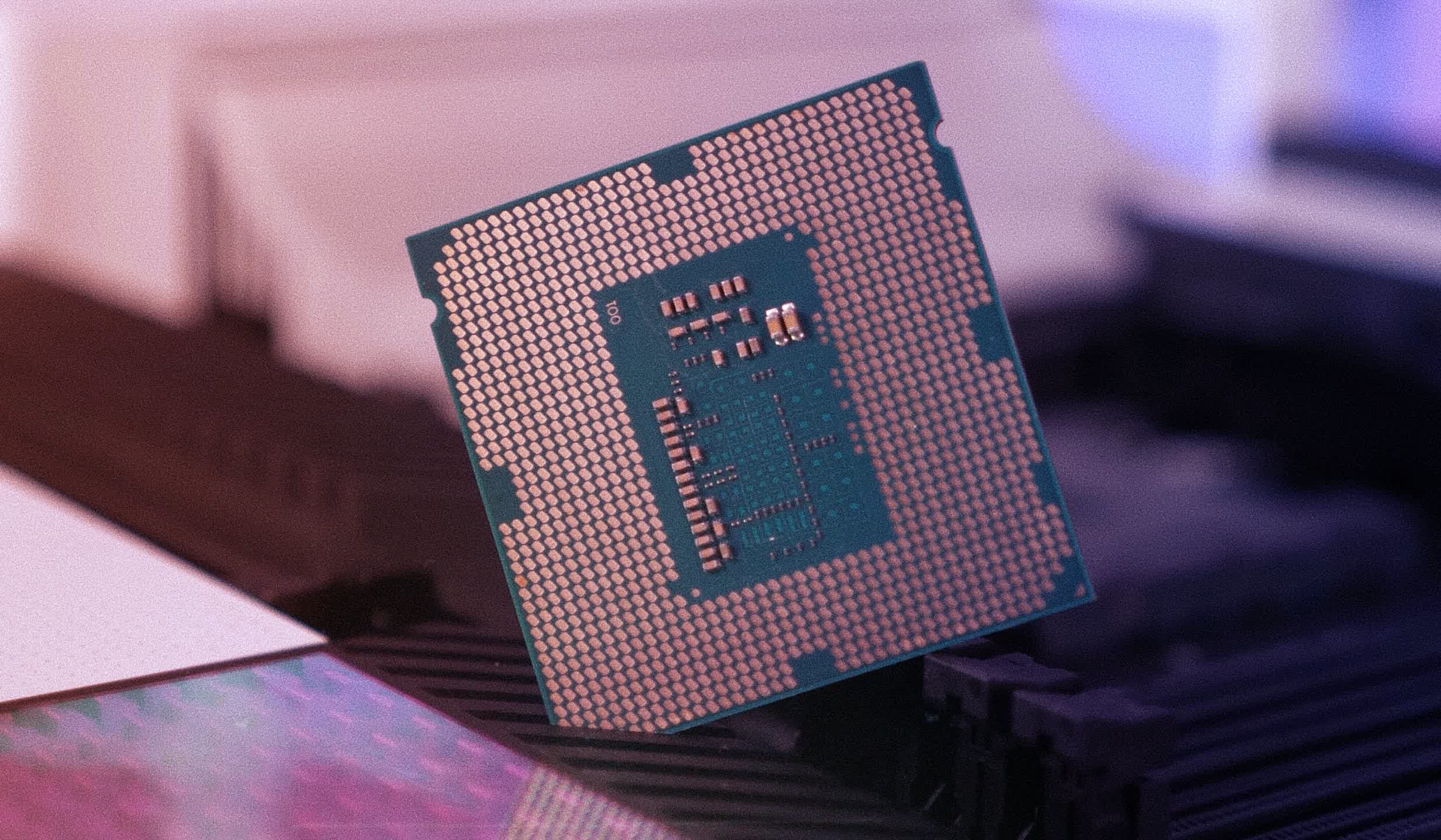TonyCarter
VALUED CONTRIBUTOR
Intel's new naming scheme will be something like:
names of the gremlins from the movies
- i3 = Bogart
- i5 = Flasher
- i7 = Mohawk
- i9 = Stripe
- Do not expose Intel to high powers. The reaction causes a motherboard to either be killed via a gruesome melting process, as seen with i9 14900KS on youtube, until the CPU's own silicon melts away. If exposed briefly, Intel crashes with no BSOD. Intels are known to be afraid of sustained workloads and high clocks.
- Do not get Intel wet. The reaction with water, causes Intel to spawn more cores. However, the creature will only spawn efficiency versions.
- Do not use Intel after midnight. Intel seem to instinctively desire to self-destruct after midnight in order to advance to the thermonuclear stage of their evolution. Upon feeding after midnight, Intel become encased in lava and go through a metamorphosis into the i9 form.
names of the gremlins from the movies


